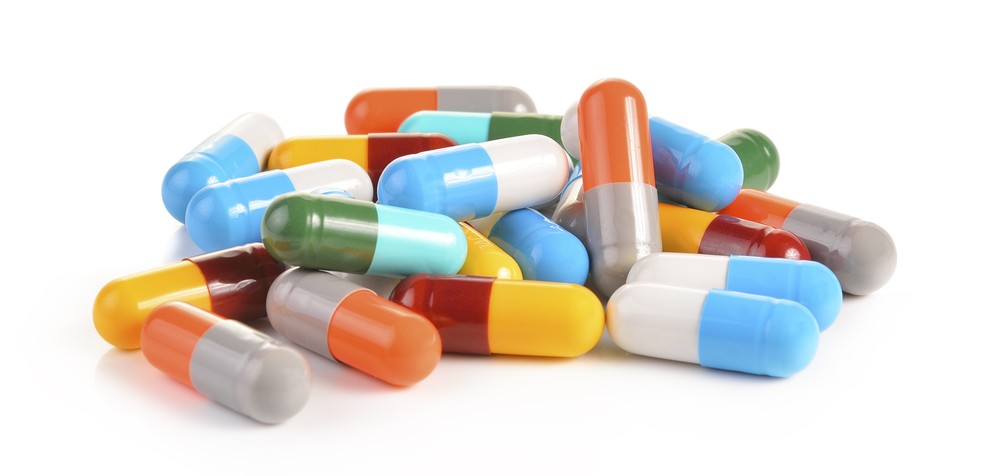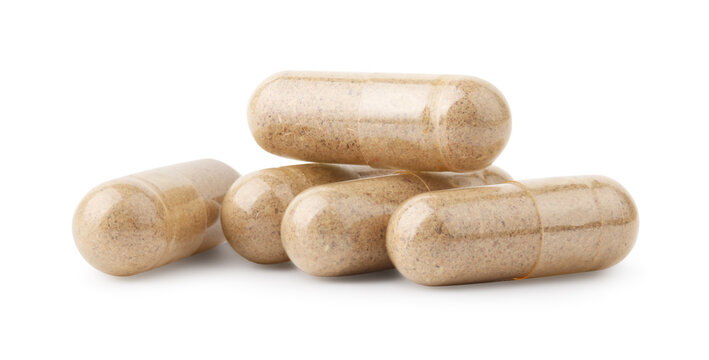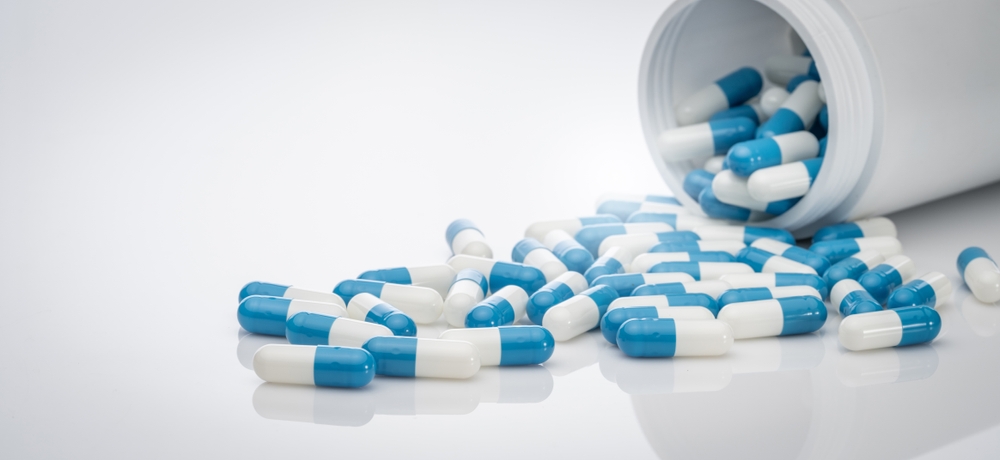At VitaV, we were recently asked why our capsules are colourless and whether it really matters. After all, a bit of red or yellow dye is harmless, right?
Well, not quite.
In this article, we dive into the less-discussed world of colourants and additives in supplements and medicines: what they are, why they’re used, and why we actively choose not to use them. We’ll also explore how some previously “safe” additives were later linked to health risks, and how scientific understanding evolves over time.
The Hidden Ingredients in a Capsule
When we talk about supplements or over-the-counter medicines, we often focus on the active ingredients. But hidden inside many capsules are a host of inactive ingredients, including artificial colourants and bulking agents.
A quick look at the label of a branded paracetamol capsule purchased from a UK supermarket revealed these colourants:
- E127 (Erythrosine) – A red dye, banned in several countries due to potential links to thyroid cancer.
- E131 (Patent Blue V) – A synthetic blue dye, banned in countries like the US and Australia due to safety concerns.
- E171 (Titanium Dioxide) – Used to give a white, opaque appearance. Recently banned in the EU (but still permitted in the UK) due to concerns over potential DNA damage.
- E104 (Quinoline Yellow) – A yellow dye associated with hyperactivity in children and restricted in several countries.
These additives are often included for visual appeal—to make a capsule look a certain way, or distinguish products by colour. But they offer no therapeutic value.

Why Are These Additives Still Allowed?
he safety of food and pharmaceutical additives is regulated by national and international bodies like the EFSA (European Food Safety Authority) or FDA (Food and Drug Administration). However, history shows that approval does not always equal safety:
- E171 (Titanium Dioxide) was used for decades before being banned in the EU in 2022 due to genotoxicity concerns [1].
- E127 (Erythrosine) is banned in the US for use in food due to links to cancer in animal studies—but still permitted in some UK medications [2].
- Even E104 (Quinoline Yellow), though approved in small amounts, is linked to behavioural issues in children, especially when combined with other additives [3].
We’ve seen similar reversals with trans fats, BPA, and even asbestos—all once widely used and considered “safe” before new data emerged.
The bottom line? Today’s “safe” may not be safe tomorrow.
The Problem with Additives in Supplements
Additives aren’t just used for colour. They can serve various roles, including:
- Bulking Agents: Such as rice flour or magnesium stearate, used to fill up capsule space or aid manufacturing.
- Binders: Needed in tablets to hold ingredients together, but not required in capsules.
- Anti-Caking Agents: Prevent clumping of powdered ingredients.
- Preservatives or Coatings: Extend shelf-life or change appearance.
Some additives may be relatively benign. But others raise concerns from digestive issues to long-term toxicity. More importantly, many offer no functional purpose for the consumer.
Why VitaV Uses Transparent Capsules And No Fillers
At VitaV, we choose transparent vegetable cellulose capsules not just for aesthetics, but to stay true to our principles:
- No colourants, no coatings, no unnecessary additives.
- Every milligram counts. A standard capsule holds around 750mg, and we want every bit to be active and purposeful, not taken up by cheap bulking agents.
- No binders needed. Unlike tablets, capsules don’t require glue-like substances to hold ingredients together.
- Flexible use. You can open our capsules and mix the powder into a cold drink or smoothie, free from artificial dyes or unpleasant aftertastes.
We don’t add things you don’t need. Because transparency—both literally and figuratively—is at the core of what we do.

A Cautionary Tale: From Cigarettes to Supplements
There’s a long history of substances being marketed as safe before evidence caught up:
- Cigarettes were once promoted with slogans like “More doctors smoke Camels”—now unthinkable.
- Asbestos, used for decades in construction, was banned only after its carcinogenic risks became undeniable.
- Today, many additives are still “approved”—but what we learn tomorrow may change everything.
This is why we approach supplement formulation with precaution, not just compliance.
How to Be a Smart Supplement Consumer
- Read the ingredients list—not just the active panel.
- Look out for colourants, bulking agents, or suspicious E-numbers.
- Ask questions. If something is “filler-free,” does the brand explain what is inside?
- Choose brands that value transparency.
- Understand that “safe” today may be “banned” tomorrow.
Why This Matters to Your Health
Your supplement should do more than just look good. It should be clean, purpose-driven, and based on trust and science—not marketing tricks. And that’s exactly why we created VitaV.
If you want to learn more about supplement label transparency, check out:
Final Thoughts
We can’t predict the future of every additive—but we can make informed choices today. That’s why we’ll never use colourants, fillers, or unnecessary additives. Our supplements are transparent in design and transparent in principle.
Because when it comes to your health, every detail matters.
References
EFSA Panel on Food Additives and Flavourings. Safety assessment of titanium dioxide (E171) as a food additive. EFSA Journal. 2021;19(5):e06585. https://doi.org/10.2903/j.efsa.2021.6585
U.S Food & Drug Administration. (2025) FDA to Revoke Authorization for the Use of Red No. 3 in Food and Ingested Drugs. https://www.fda.gov
McCann D, et al. Food additives and hyperactive behaviour in 3-year-old and 8/9-year-old children in the community: a randomised, double-blinded, placebo-controlled trial. Lancet. 2007 Nov 3;370(9598):1560-7. PMID: 17825405
